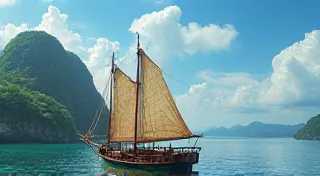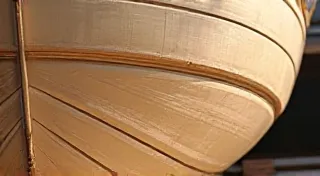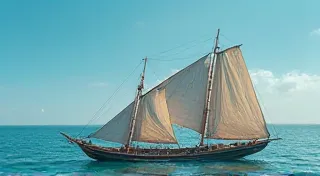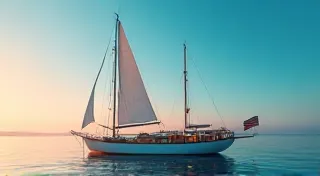The Skiff: An Exploration of Small Boats and Coastal Skills
The term "skiff" evokes images of sun-drenched shores, salty breezes, and the quiet competence of generations of coastal dwellers. But the skiff isn't a single, uniform design. Across the globe, distinct variations of this small boat have evolved, reflecting the unique materials available, the prevailing weather conditions, and the specific needs of the people who built and used them. This article will explore some of these fascinating regional skiff variations, shedding light on the traditional boat building techniques employed and the valuable maritime skills they represent.
A Global Tapestry of Skiffs
From the Baltic Sea to the Caribbean, the skiff has served as a vital tool for fishing, transportation, and recreation. Let’s examine a few examples:
- The Baltic Pram: Common along the coastlines of Sweden, Finland, and surrounding areas, the Baltic Pram is known for its stability and robustness. Traditionally built of pine and larch, these skiffs are often clinker-built – meaning the planks overlap each other like shingles. This construction method provides strength and flexibility, crucial for navigating the often-rough Baltic waters. The planking is often quite thin, showcasing the incredible skill of the boatwright. The complexity of clinker building extends beyond simple overlapping; skilled artisans understand how the grain of the wood interacts within this layered construction, influencing the boat’s resilience.
- The Bahamian Dinghy: In the Bahamas, the “Bahamian Dinghy” is a quintessential part of the island culture. These boats are typically built of cedar, a readily available and lightweight wood. They are characterized by their long, sleek lines and shallow draft, making them perfect for navigating the shallow waters of the reefs and sandbars. Building a Bahamian Dinghy was a mark of status and required considerable expertise. The process of achieving those smooth, efficient lines requires a profound understanding of hull design principles, knowledge often passed down through generations.
- The Chesapeake Bay Skiff: The Chesapeake Bay region of the United States boasts its own distinct skiff style. These skiffs, often referred to as "deadrise" skiffs, are known for their unique hull shape that allows them to easily handle the choppy waters of the Bay. Historically, they were essential for oyster dredging and crab potting. The building often involved careful selection of white oak and cedar. The hull shape itself, a “deadrise,” isn't simply an aesthetic choice; it’s a deliberate engineering solution to the challenges presented by the Bay's tidal surges and variable currents. Mastering the art of creating this specific form involved an intimate knowledge of the local timber and its behavior under stress.
- The Irish Currach: Found along the western coast of Ireland, the Currach is a traditional canvas-covered boat. The traditional materials used for building the frame were ash and oak and for the boat’s covering was locally sourced canvas. Their construction is a testament to resourcefulness, utilising readily available materials and adapting to the rugged coastal conditions. The precise method of applying the canvas covering, ensuring it's watertight and flexible, is a skill honed over centuries. The construction process, and indeed, other traditional boatbuilding practices, highlights the importance of understanding the properties of different materials and how they interact.
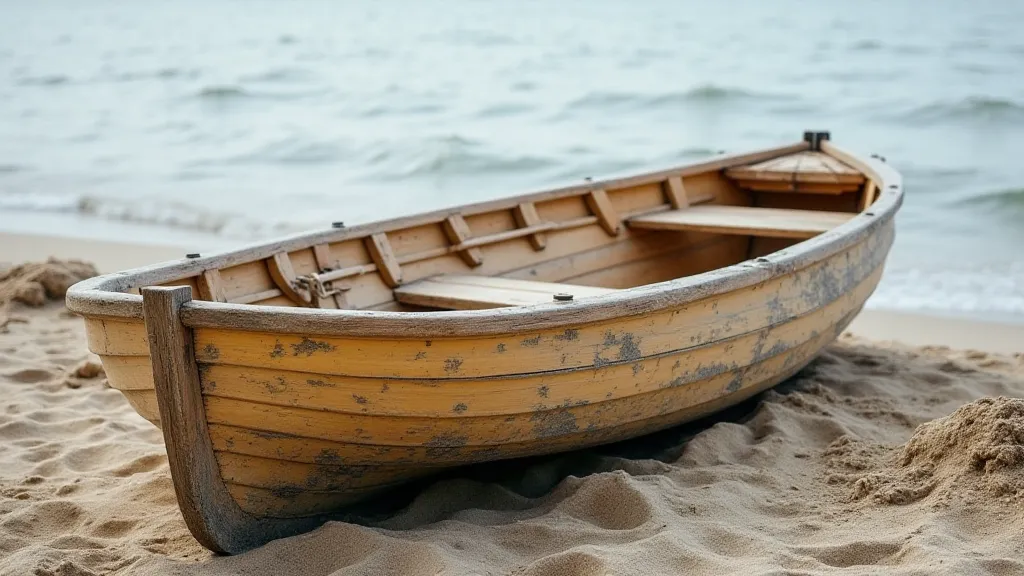
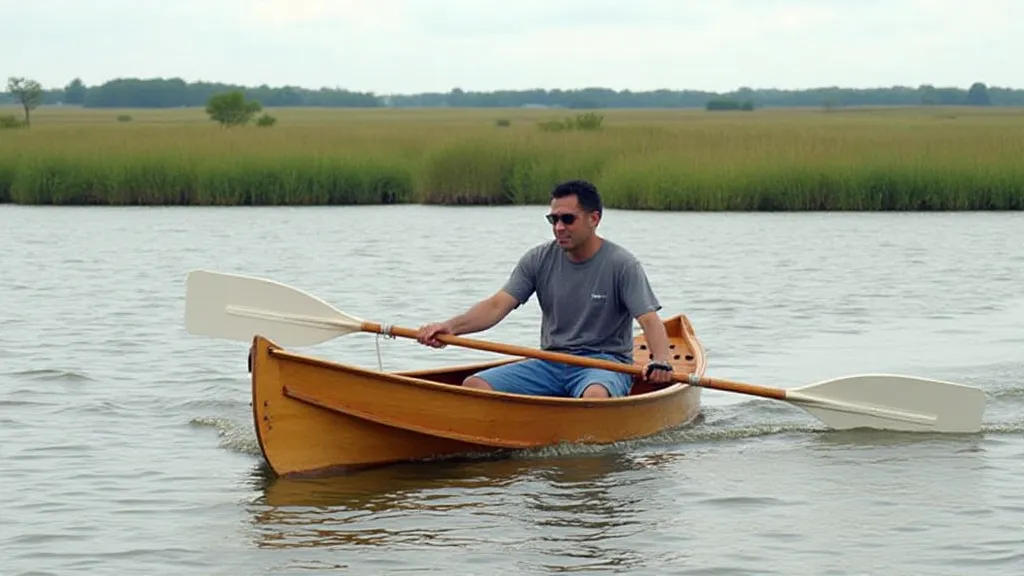
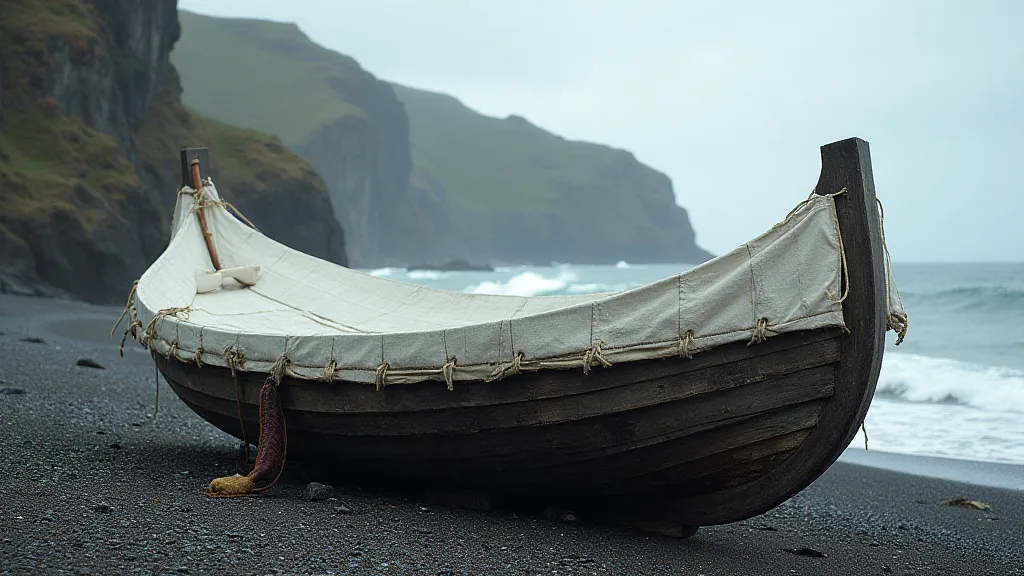
The Craftsmanship Behind the Skiff
Building a skiff was far more than just assembling planks and spars. It was a complex process requiring a deep understanding of wood properties, hydrodynamics, and traditional construction techniques. The dedication to preserving these techniques is vital, mirroring the practices of shipwrights throughout history. In fact, understanding the broader context of traditional shipbuilding, like you would find in the Mediterranean, reveals the remarkable parallels across different cultures and geographical locations. The techniques involved represent a shared heritage of ingenuity and adaptation.
Key skills involved:
- Timber Selection: Experienced boat builders knew which trees to select for specific parts of the boat. Grain orientation, knot distribution, and the overall quality of the wood were all carefully considered. The selection process wasn't random; it was informed by a lifetime of observation and an understanding of how wood responds to the stresses of the marine environment. For instance, a seasoned boatwright could identify the best section of a tree based on the ring patterns, indicating areas of increased strength and resilience.
- Planking Techniques: Whether clinker-built, carvel-built (smooth planks edge-to-edge), or built with other methods, each required a mastery of precise plank shaping and joining. The difference between clinker and carvel hull construction goes beyond aesthetics – it profoundly affects the boat’s strength, weight, and maintenance requirements.
- Caulking: Traditional caulking involved using materials like cotton, oakum (tarred rope fibers), or even local moss to seal the seams between planks, preventing leaks. This wasn’t a simple act of filling gaps; it was a delicate art requiring a deep understanding of material compressibility and durability.
- Mast and Sailmaking: The creation of a suitable mast and sail were essential components, requiring skills in carpentry and textile work respectively. The sail's cut and shape were directly tied to the boat’s performance, and a skilled sailmaker was as valued as the shipwright.
Beyond the Skiff: A Broader Maritime Legacy
The skiff, while a seemingly simple vessel, is a microcosm of a larger world of traditional maritime practices. The dedication to understanding and preserving these skills extends far beyond the construction of small boats. Many regions, like the Mediterranean, have deep-rooted traditions of shipwrighting, with techniques and knowledge passed down through generations. Exploring traditional shipwrighting in the Mediterranean provides valuable insight into the universal principles that underpin all forms of boatbuilding.
Preserving a Legacy
The skiff represents more than just a mode of transport or a fishing tool. It embodies a cultural heritage, a connection to the sea, and a testament to the ingenuity and craftsmanship of generations. As traditional boat building techniques fade in some regions, efforts are being made to preserve these skills and the knowledge they represent. This includes documenting the processes, training new generations of boatbuilders, and encouraging the use of traditional materials and methods. The challenge is not merely to replicate the outward form of these vessels, but to revive the understanding and appreciation of the principles that guided their construction. The knowledge encapsulated in a single skiff – the selection of timber, the shaping of planks, the mastery of caulking – is a legacy worth safeguarding. Supporting these efforts ensures that the legacy of the skiff – and the rich maritime history it represents – continues to thrive.
The importance of these skills extends beyond the practicalities of boatbuilding. It touches upon cultural identity, environmental stewardship, and the transmission of knowledge across generations. A community that loses its boatbuilding traditions risks losing a vital link to its past and a source of resilience for the future. The skiff, in its humble form, stands as a symbol of human ingenuity and a reminder of our enduring connection to the sea.
